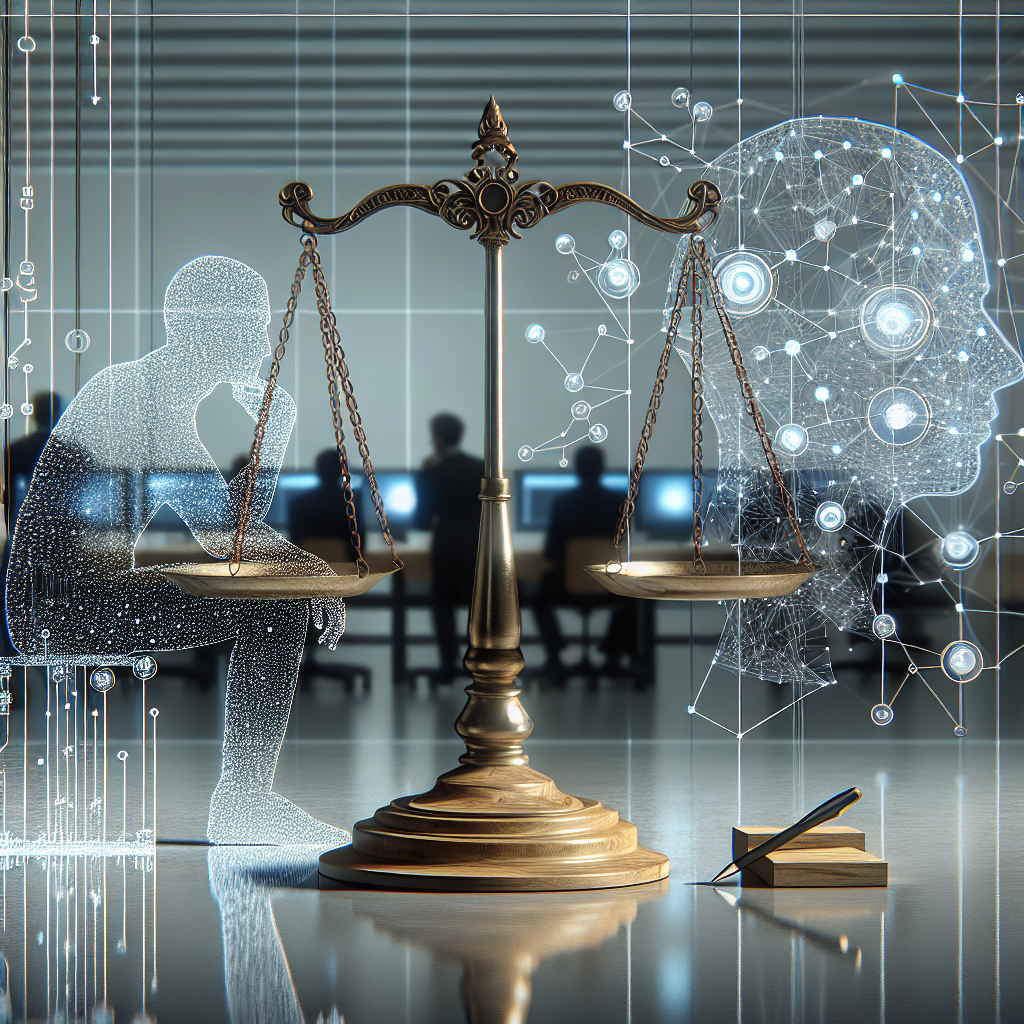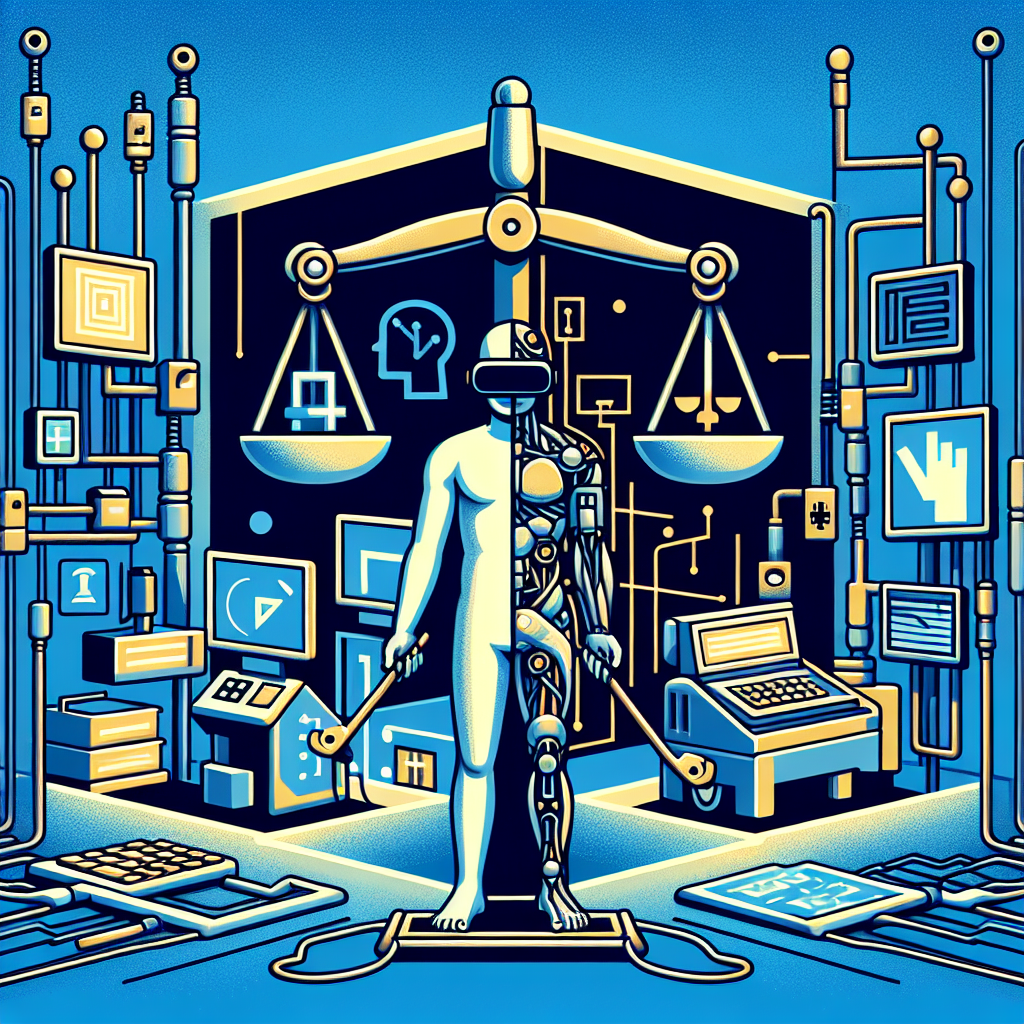The development of autonomous vehicles has raised a number of ethical dilemmas that society must grapple with as this technology becomes increasingly common on our roads. One of the most pressing challenges is how self-driving cars should be programmed to make decisions in situations where there is a risk of harm to human life.
One of the key moral dilemmas facing autonomous vehicles is the question of how they should prioritize the safety of their occupants versus that of other road users. For example, if a self-driving car is faced with the choice of swerving to avoid hitting a pedestrian but potentially harming its own passengers, what should it do? Should it prioritize the safety of the greater number of people, or should it prioritize the safety of its own occupants?
Another ethical dilemma is the issue of accountability and liability in the event of an accident involving an autonomous vehicle. Who should be held responsible if a self-driving car is involved in a crash – the manufacturer, the software developer, the owner of the vehicle, or the vehicle itself? This raises complex legal and moral questions about how to assign blame and compensation in cases where human decision-making is not directly involved.
Furthermore, there are concerns about the potential impact of autonomous vehicles on employment. As self-driving cars become more common, there is the possibility that millions of jobs could be lost in industries such as transportation and logistics. This raises questions about the ethical implications of introducing a technology that could have negative social and economic consequences for many people.
In order to address these ethical dilemmas, it is essential for policymakers, developers, and society as a whole to come together to establish clear guidelines and regulations for the deployment of autonomous vehicles. This includes creating ethical frameworks for decision-making algorithms in self-driving cars, as well as developing mechanisms for ensuring accountability and liability in the event of accidents.
Ultimately, navigating the moral challenges of self-driving cars will require a thoughtful and collaborative approach that takes into account the complex interplay of technological, legal, and ethical considerations. By addressing these issues proactively, we can ensure that the benefits of autonomous vehicles are maximized while minimizing their potential negative impacts on society.








